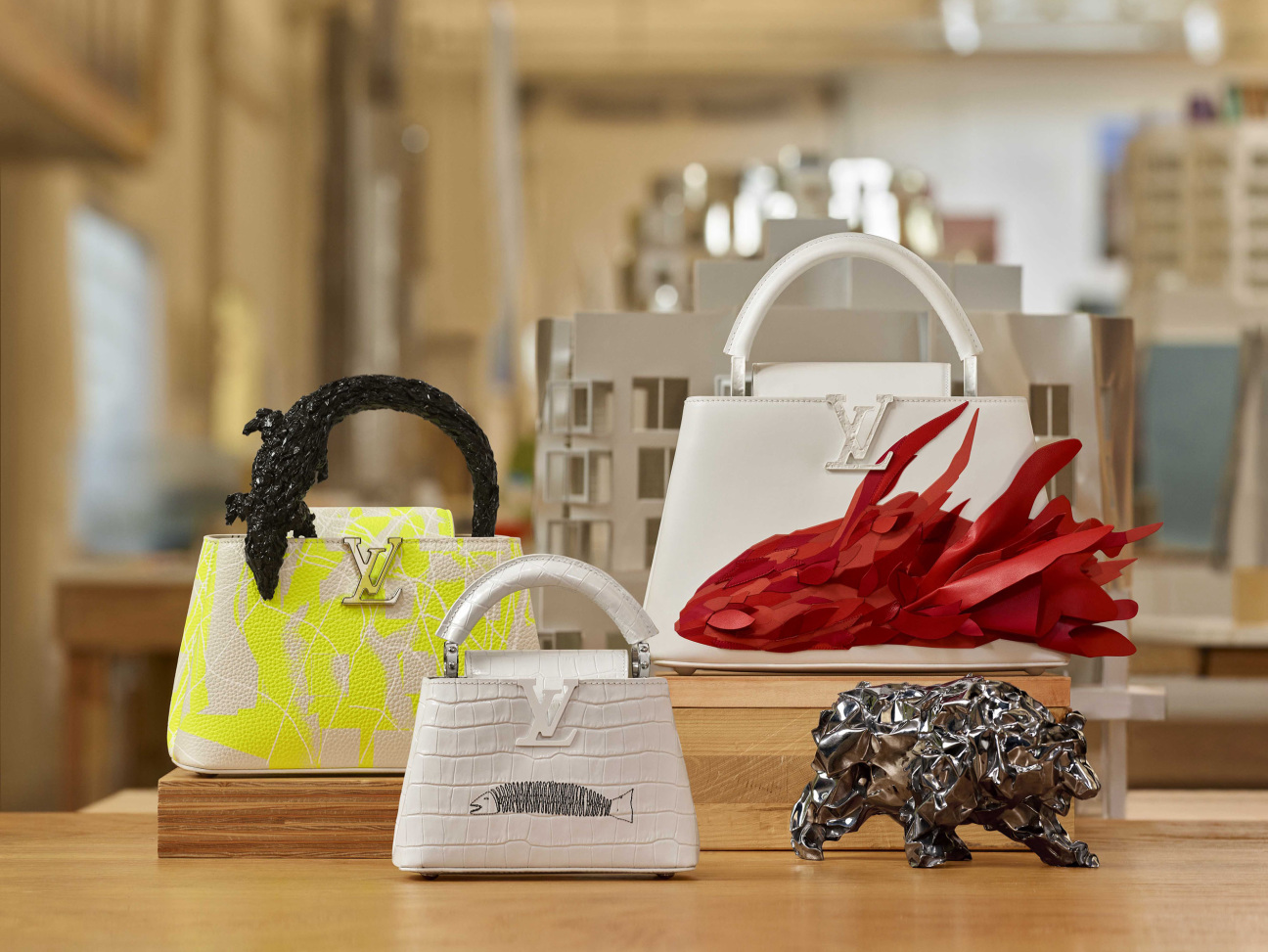
Frank Gehry’s collaboration with Louis Vuitton has always been extremely personal. The Pritzker Prize–winning starchitect’s first handbag debuted at the same time as the Fondation Louis Vuitton, the sprawling museum he designed for the fashion house. Only a decade later, its sail-like peaks floating above the Bois de Boulogne have become synonymous with the storied brand and its commitment to the arts.
Like his museum, Gehry’s first handbags were a runaway success commercially and creatively. It turns out the architect relished the process of working alongside the Louis Vuitton atelier as much as his daughter-in-law, independent designer Joyce Shin Gehry, who helped him distill his musings into potential designs. “The process is collaborative and iterative and not always linear,” the architect explains. “We try things, we bump into things, we see what works and what doesn’t.”
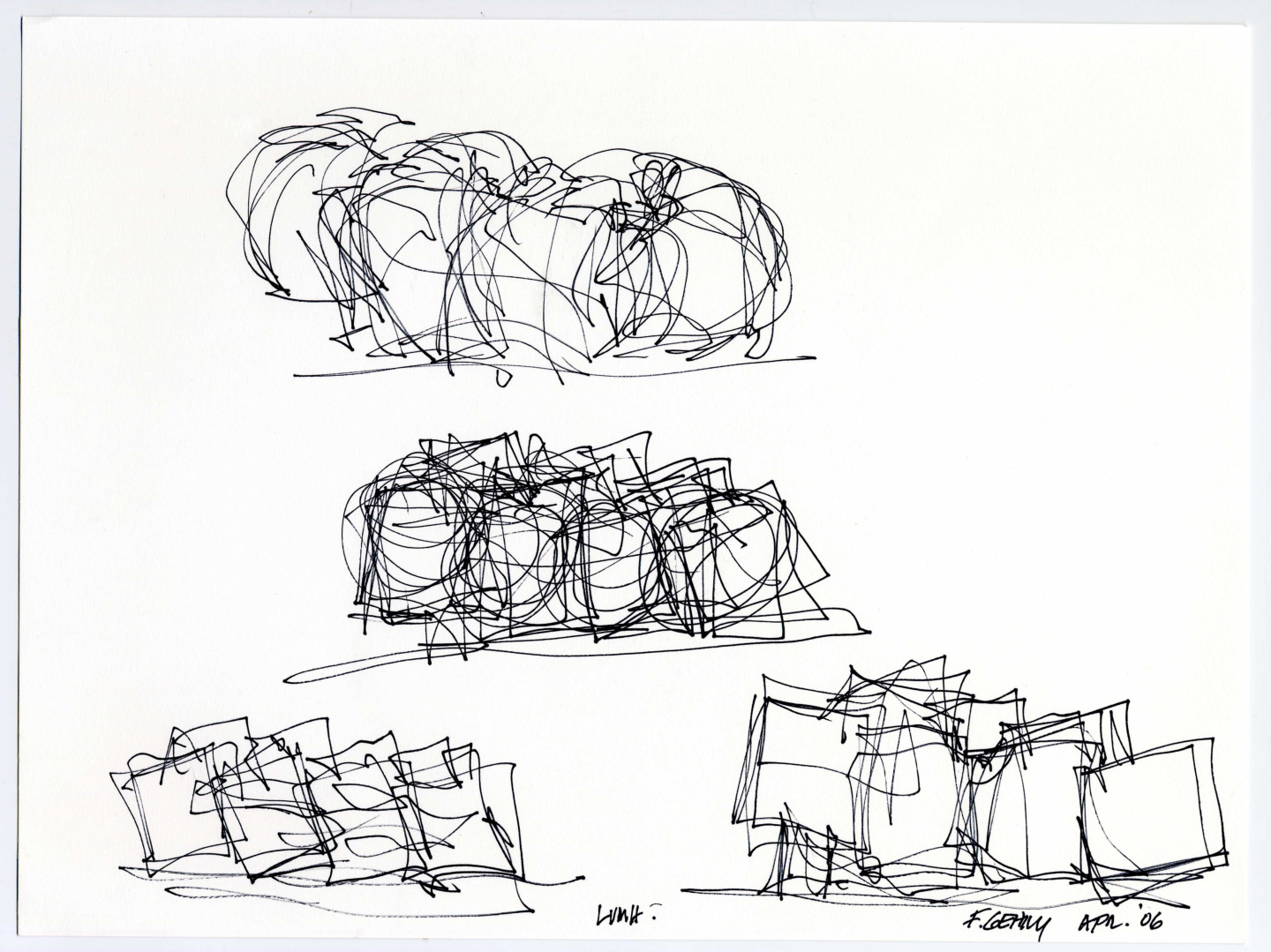
In his latest collaboration with Louis Vuitton, which debuted in December, Gehry returned to the successful formula of his first, bringing in Joyce to help him prepare the initial sketches. “Joyce is very talented and has a great eye,” he says. “As we always do, we made a lot of options—playing with different themes and shapes.” Although most of those experiments never made it to the atelier, Gehry sees them as an important part of the process. “It’s not so much about making sure that the original vision is translated. Rather, it’s about working with the team as the project develops to create the object of desire together,” he says.
Desire was certainly generated late last year at Art Basel Miami Beach, where Louis Vuitton and Gehry strategically set up shop at the mouth of the art fair’s entrance. Innocent passersby never stood a chance. I was nearly drowning in envy before I ever saw a piece of art, thanks to Gehry and company. Who among us is strong enough to stroll by a bag with a crocodile for a handle? Or a reflective minaudière that looks as if it’s been warped with Photoshop? Only a monster, or someone utterly immune to beauty.
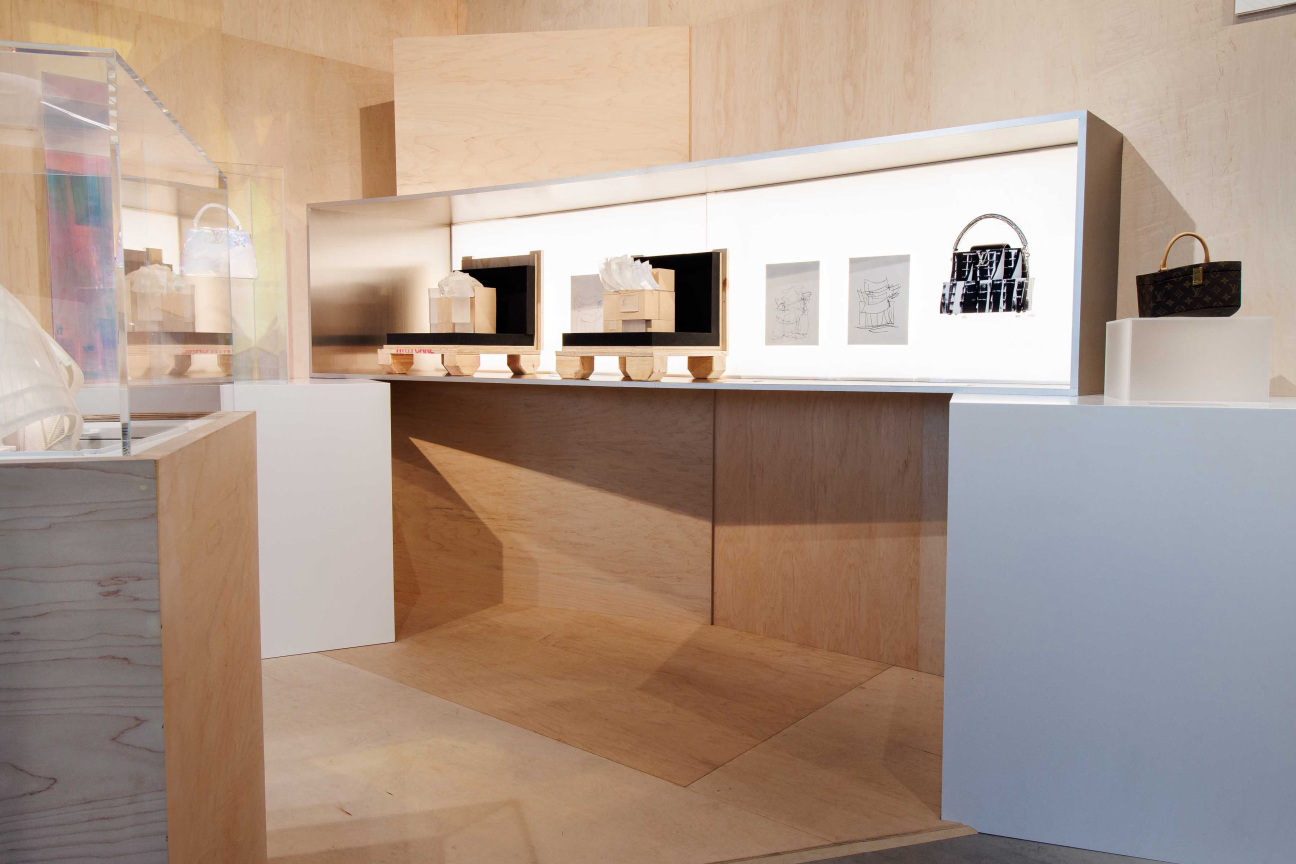
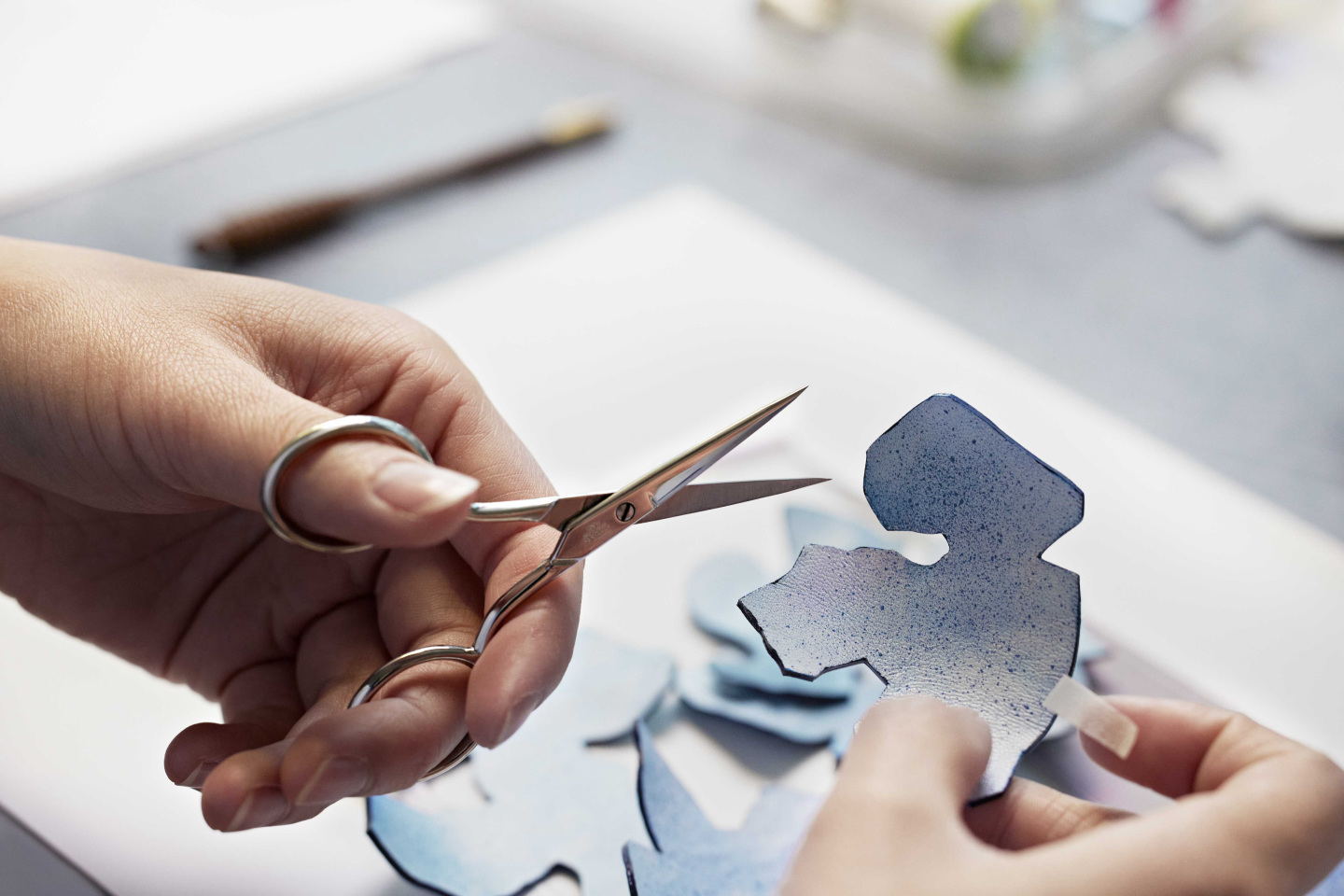
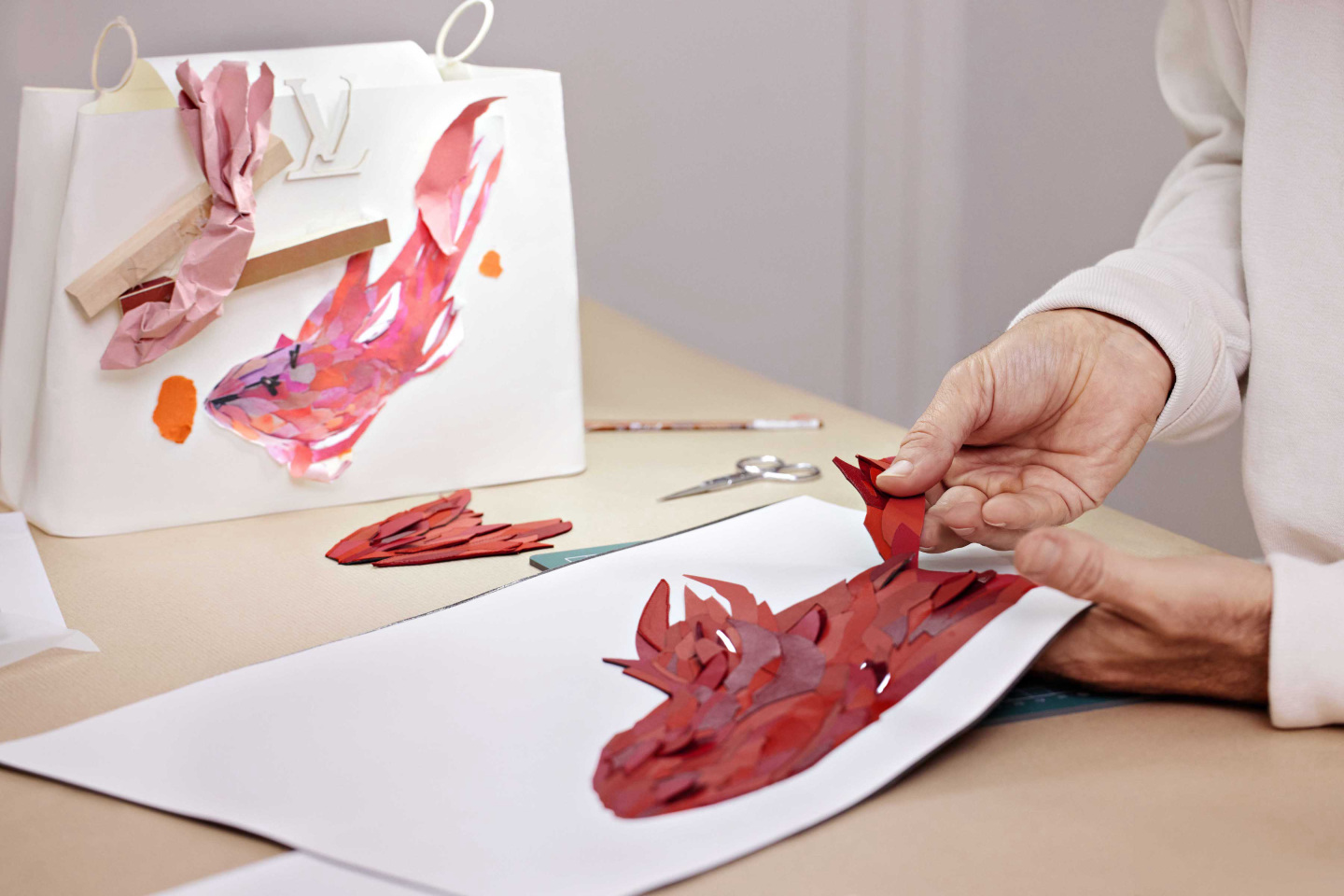
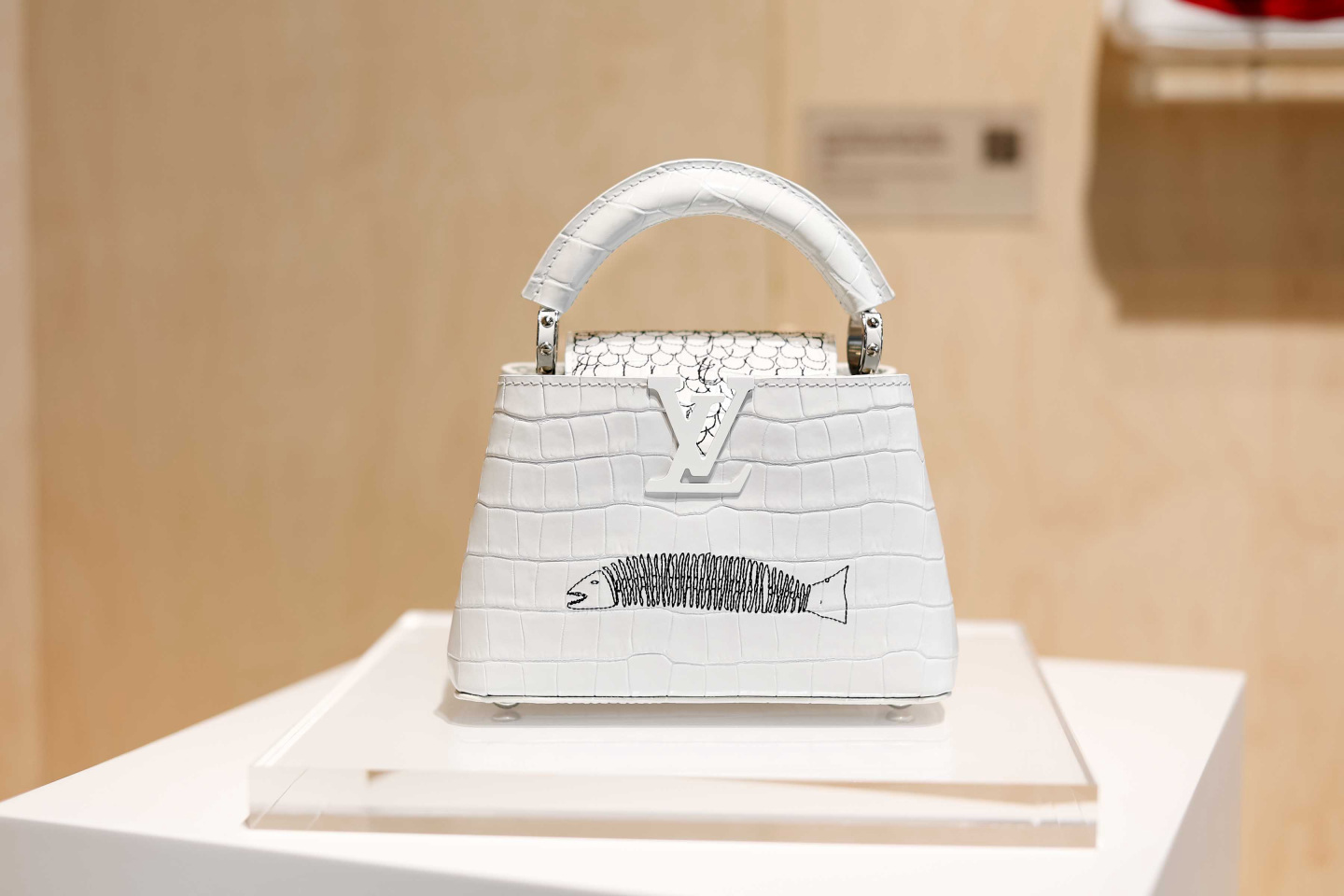
For those of us who did linger among those ephemeral shelves and pedestals, there were rewards to be had. The collection was practically a basket of Easter eggs—nods to highlights from Gehry’s celebrated career. Some were easy to spot. Take, for example, the “Bear With Us” clutch, a functional (and miniaturized) version of Gehry’s 2014 sculpture of the same name. Others were more subtle, like a mini Capucine festooned with large, translucent blossoms resembling the colliding leaves of the Fondation Louis Vuitton’s roof. Fish appear multiple times—a nod to both Gehry’s well-known series of large-scale paper lanterns and his Venice Beach era.
Brimming with inside jokes and references, Gehry’s capsule collection reflects the depth and expansiveness of his history with Louis Vuitton. It showcases that this collaboration is not a one-line publicity stunt, but an important relationship that has become an essential cipher for reading the oeuvre of the house and architect alike. “What Louis Vuitton brings to the table is a deep respect for artists,” Gehry asserts. “They were able to produce things that were beyond my wildest dreams.”

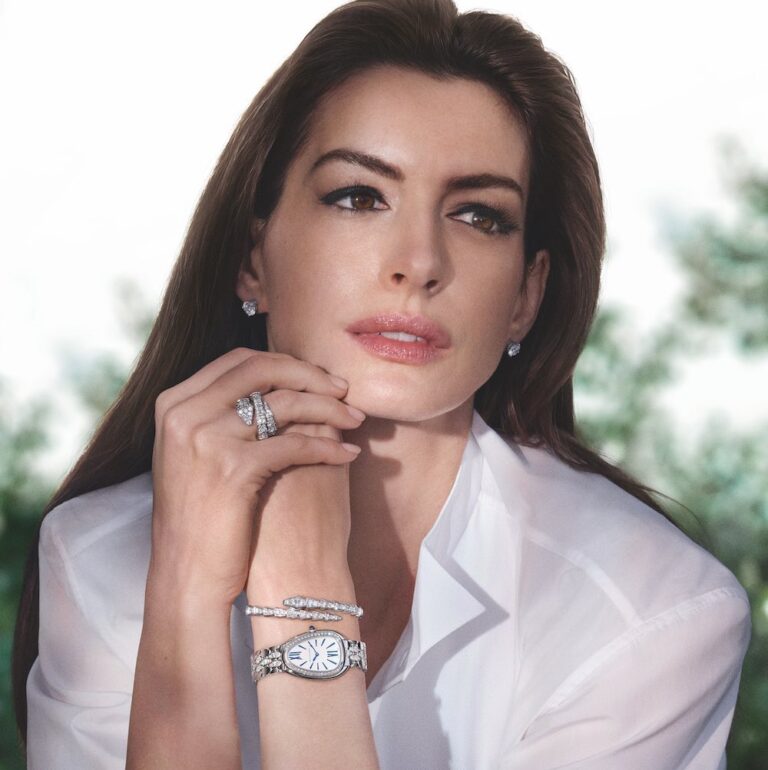
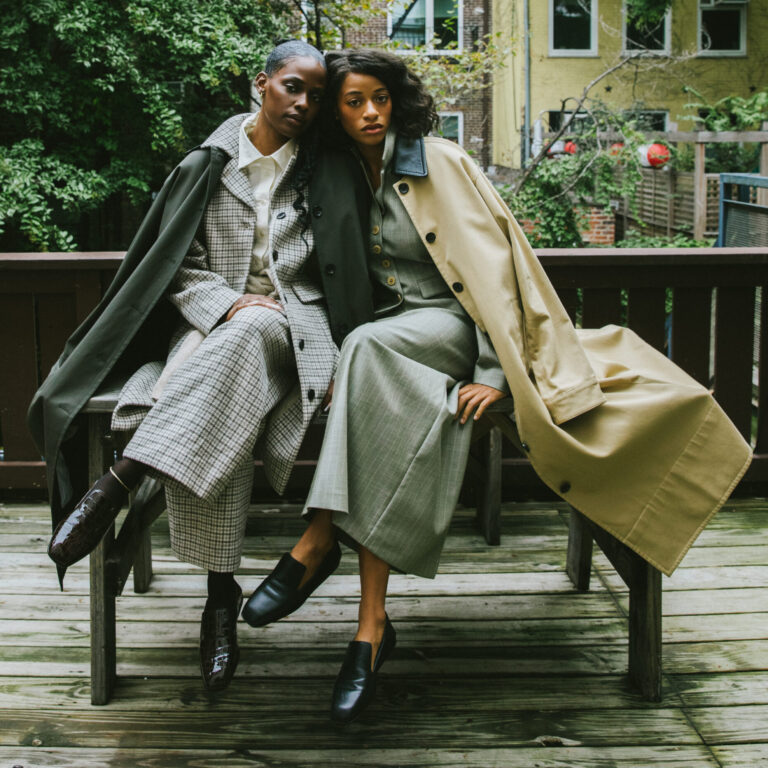
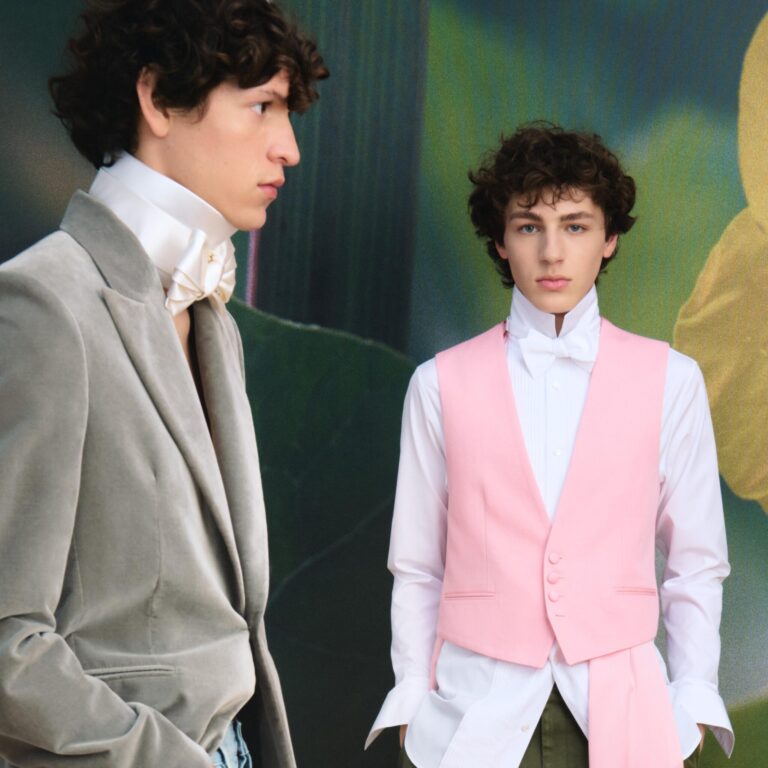
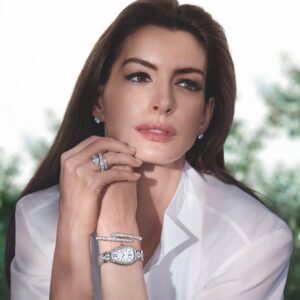
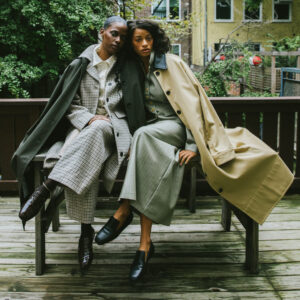
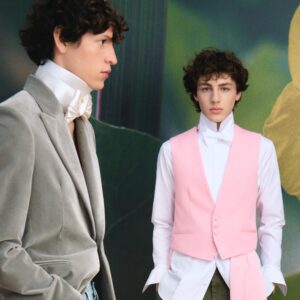



 in your life?
in your life?

